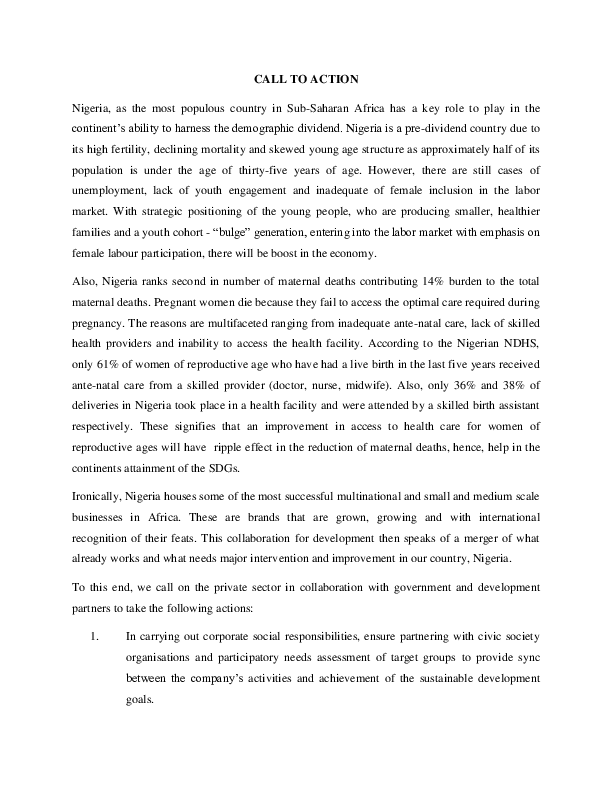You are here
New Releases
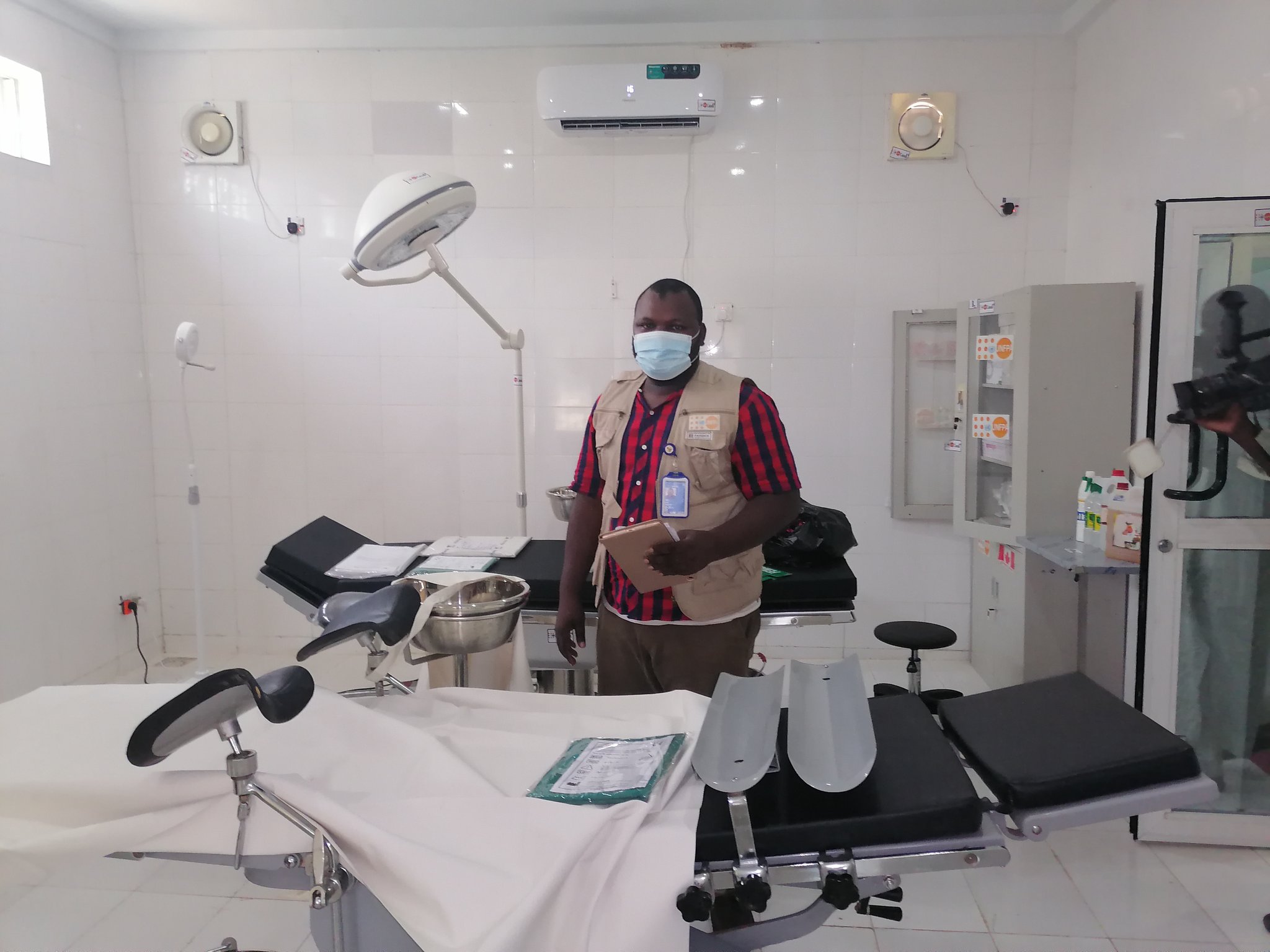
National Behaviour Change Strategy for Fistula Nigeria
Obstetric fistula (OF) is an abnormal opening between the vagina, bladder and/or rectum, often caused by prolonged obstructed labour and is marked by incontinence of urine, faeces or both (NSF 2019-2023).
It is closely and directly linked to maternal mortality and morbidity. Basically, there are two main types: (a) Vesicovaginal fistula (VVF) which is a situation in which the abnormal
an opening is between the bladder and the vagina resulting in continuous leakage of urine and, (b) Recto-vaginal fistula (RVF), which is a situation when the opening is between
the rectum and the vagina resulting in leakage of faeces.
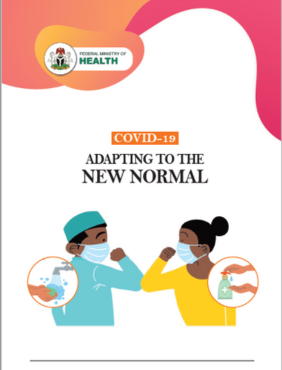
Adapting to the New Normal - COVID-19
This handout on COVID-19 was developed for young persons in collaboration with relevant key stakeholders, UNFPA, other UN agencies, young people led organizations among others, to ensure young persons have some knowledge about care during COVID-19.

UNFPA COVID 19 Call LINE Project 2020
Providing young people with access to information and support on issues that affect them - COVID 19 pandemic
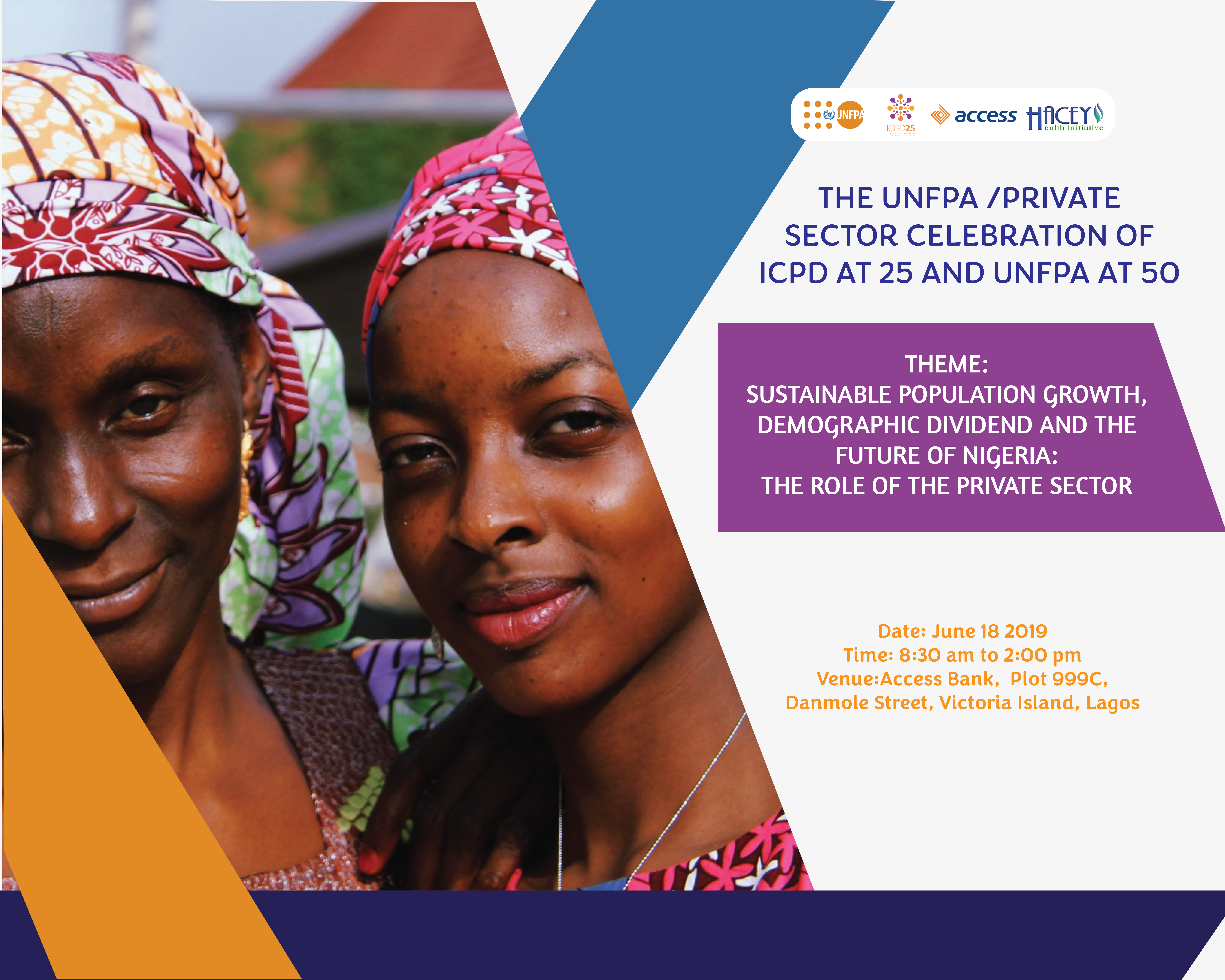
UNFPA@50_Private sector News letter
UNFPA/PRIVATE SECTOR
CELEBRATION OF ICPD@25 AND
UNFPA@50
HIGH LEVEL IMPACT SUMMIT
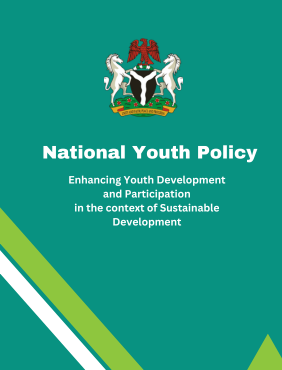
National Youth Policy Enhancing Youth Development and Participation in the context of Sustainable Development
The National Youth Policy represents a declaration and commitment to the priorities, directionsand practical supports that a country intends to provide for the development of its young men and women.
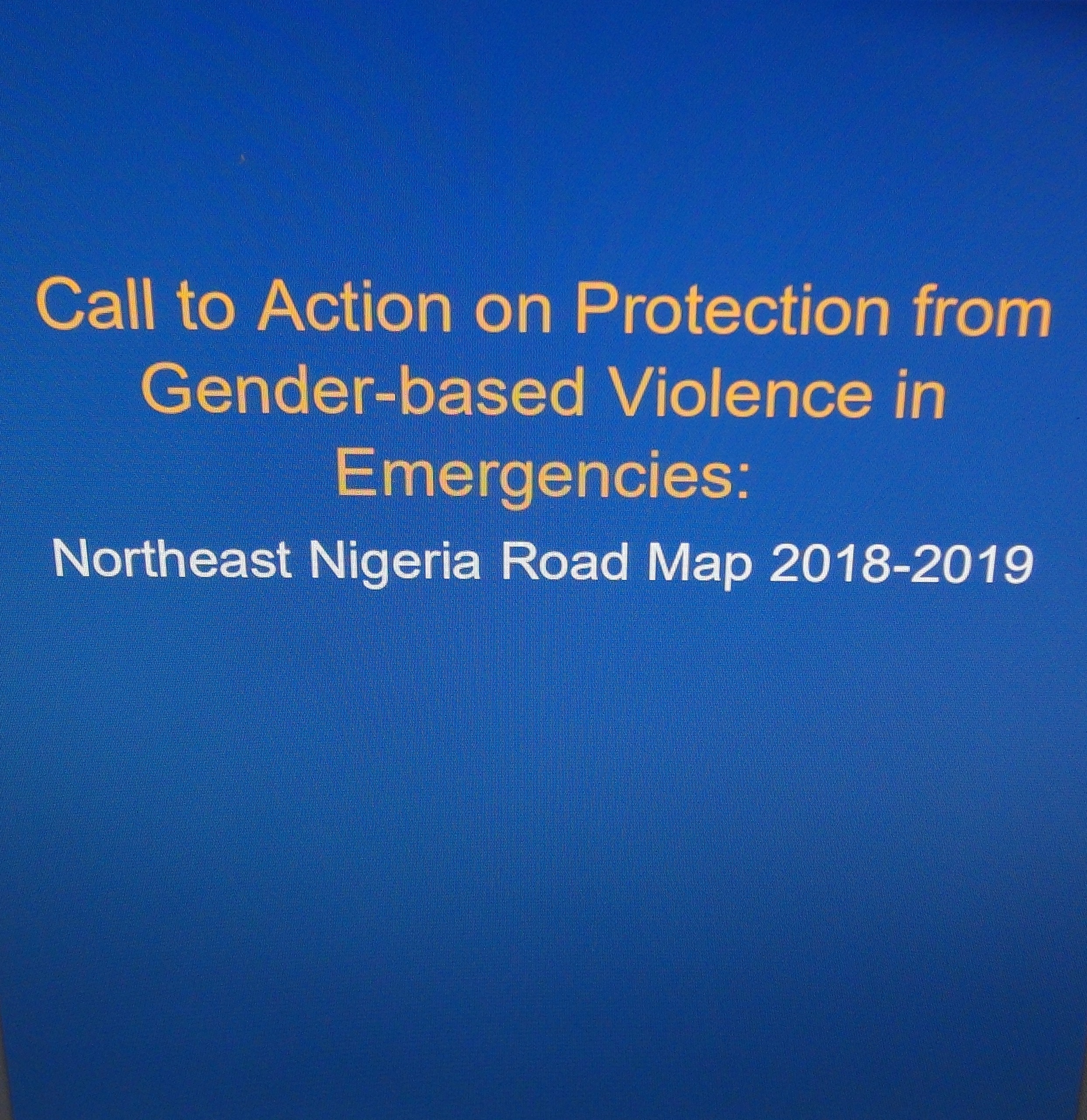
Call to Action on Protection from Gender-based Violence in Emergencies: Northeast Nigeria Road Map 2018-2019
PRIORITY AREAS IN THE CALL TO ACTION ROAD MAP To help close the most pressing gaps in the humanitarian response in the Northeast, the stakeholders contributing to this Call to Action Road Map have chosen to focus their collective efforts in ve areas in 2018-19: • Strengthening Coordination to ensure a timely, accountable, holistic, inter-sectoral approach to preventing and responding to GBV. • Improving Access to Quality Services for Survivors by ensuring that sucient and timely access to these services is an essential component of the humanitarian response. • Strengthening the Capacity and Expanding the Engagement of Local Partners to improve GBV prevention and response efforts. • Securing Sucient Funding for GBV programming through improved coordination and advocacy. • Engaging Security Actors to improve GBV prevention and response.
CALL TO ACTION - NEWSLETTER and CtA North East Road Map
CENTRALITY OF PROTECTION IN 2019 HUMANITARIAN PROGRAMME CYCLE
The 2019 Humanitarian Programme Cycle started by building consensus on the humanitarian situation and identifying the needs of the affected population to support the development of the 2019-2021 Humanitarian Response Plan (HRP). The Centrality of Protection was fully built into the process and the CtA used the opportunity to advocate for the consideration of GBV concerns in all sector plans e.g. WASH, shelter, distribution of Non-Food Items etc. The Centrality of Protection (CoP) recognizes GBV as one of four “key threats & risk trends”, hence the CtA Action areas align well with the CoP indicators to track progress so that CtA progress reports can feed into the CoP action plan reporting. Each of the 5 Outcome areas of the CtA road map is linked to at least 2 indicators of the CoP
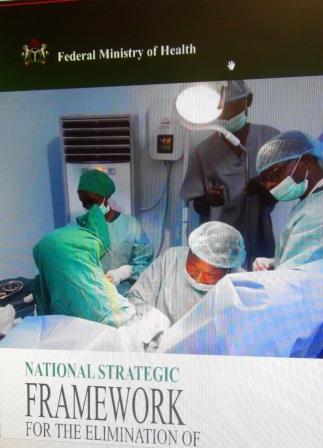
NATIONAL STRATEGIC FRAME WORK FOR THE ELIMINATION OF OBSTETRIC FISTULA IN NIGERIA 2019 - 2023
National Strategic Frame Work for the Elimination of Obstetric Fistula in Nigeria -2019-2023
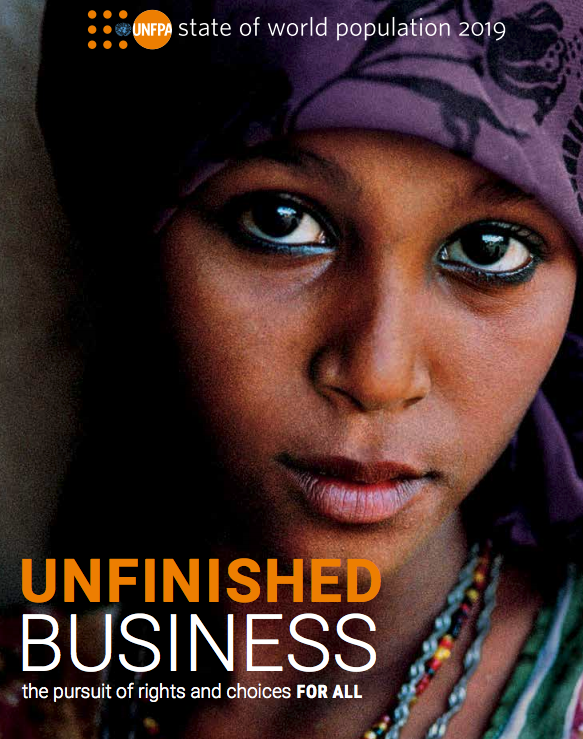
State of World Population 2019
Fifty years ago, it was hard for women to obtain contraception and relatively easy to die giving birth. Many women were unable to decide whom and when to marry, and when or whether to have children.
A worldwide movement to give women real choices in life culminated in the 1994 International Conference on Population and Development (ICPD), where a consensus was reached about the links between women’s empowerment, sexual and reproductive health, and rights and sustainable development.
